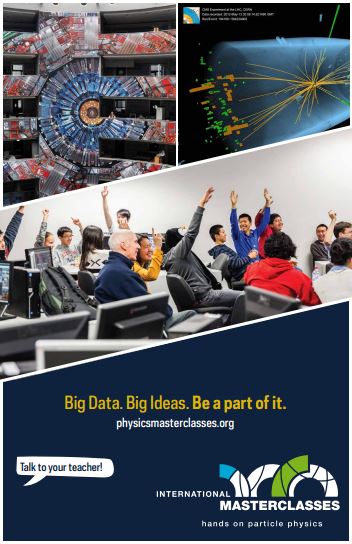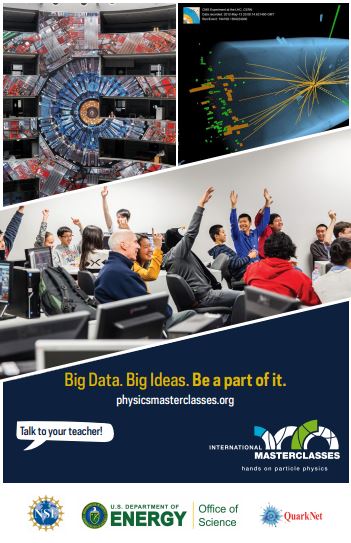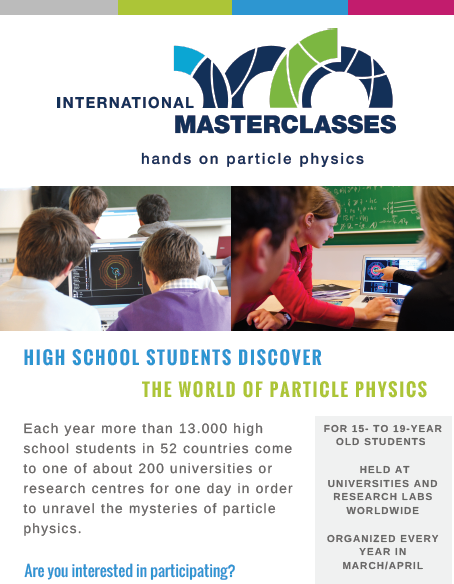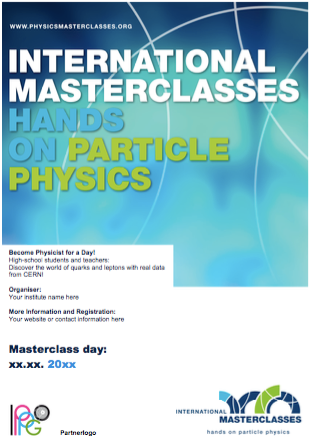
Go to Start page
This page is to help to guide teachers in preparing students for their masterclass.
Suggested preparation activities for ATLAS, CMS, MINERvA, and NOvA masterclasses |
Particle physics research requires the use of indirect evidence to support claims. Students will be able to: - Describe the claim and indirect evidence in Rutherford’s experiment.
- Identify the peak in a histogram and explain what it means.
|
ATLAS and CMS | MINERvA and NOvA |
The Standard Model is the current theoretical framework for our understanding of matter. Choose one or both: Students will be able to: - Describe how quarks combine to form mesons and baryons.
- Explain how fundamental particles relate to each other based on their characteristics.
| The Standard Model is the current theoretical framework for our understanding of matter. Students will be able to: - Explain how fundamental particles relate to each other based on their characteristics.
|
The behavior of particles is governed by conservation laws and mass-energy conversion. Choose one or both: Students will be able to: - Apply conservation rules to measurements to provide evidence for unobserved particles.
| The behavior of particles is governed by conservation laws and mass-energy conversion. Students will be able to: - Use conservation of momentum to determine the magnitude and direction of the net momentum vector of the particle detected in an event.
- Explain the possible significance of “missing momentum” in a collider physics experiment.
- Describe the properties of a neutrino that make it impossible to detect in the D-0 detector.
|
| | NOvA (optional preparation) |
Scientists form and refine research questions, experiments, and models using observed patterns in large data sets. Students will be able to: - Design or adapt a coding notebook for developing the coding techniques.
- Import a large data set into a coding notebook.
- Select a data analysis technique appropriate to the research question.
|
 | IMC Poster (PDF) - plain |  | IMC Poster (PDF) - U.S. logos |
| |
 | IMC Flyer (PDF) |  | IMC Poster (doc) - editable |





